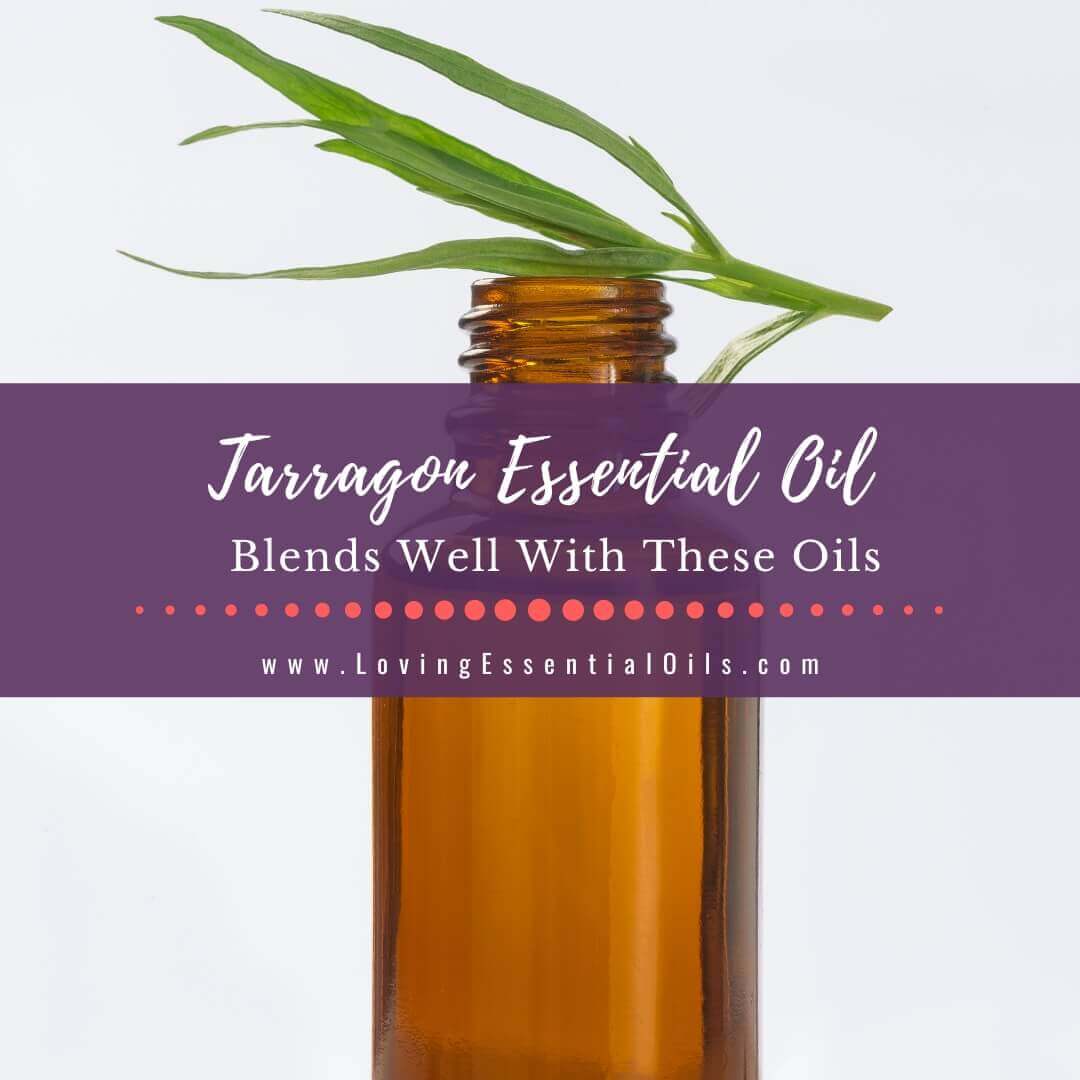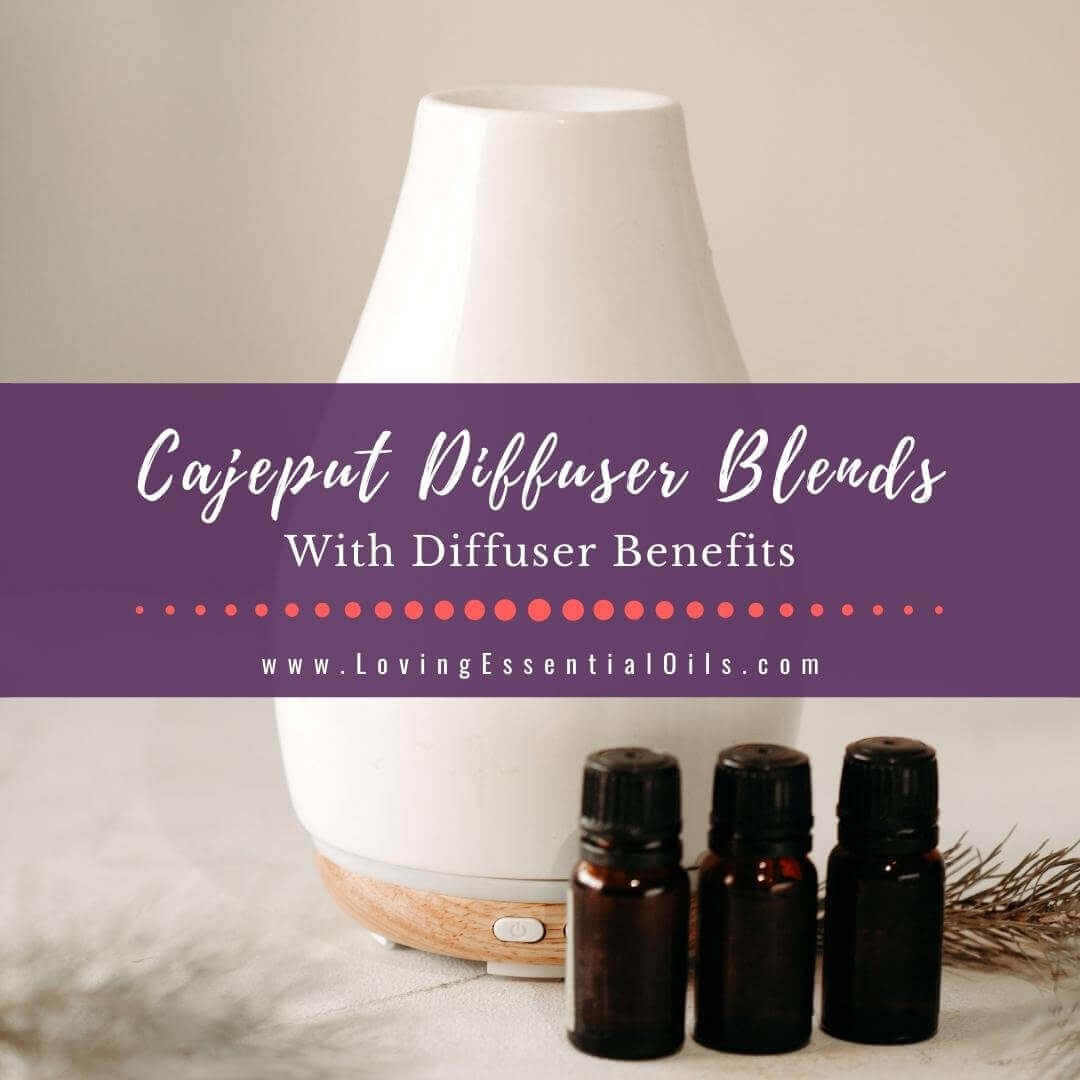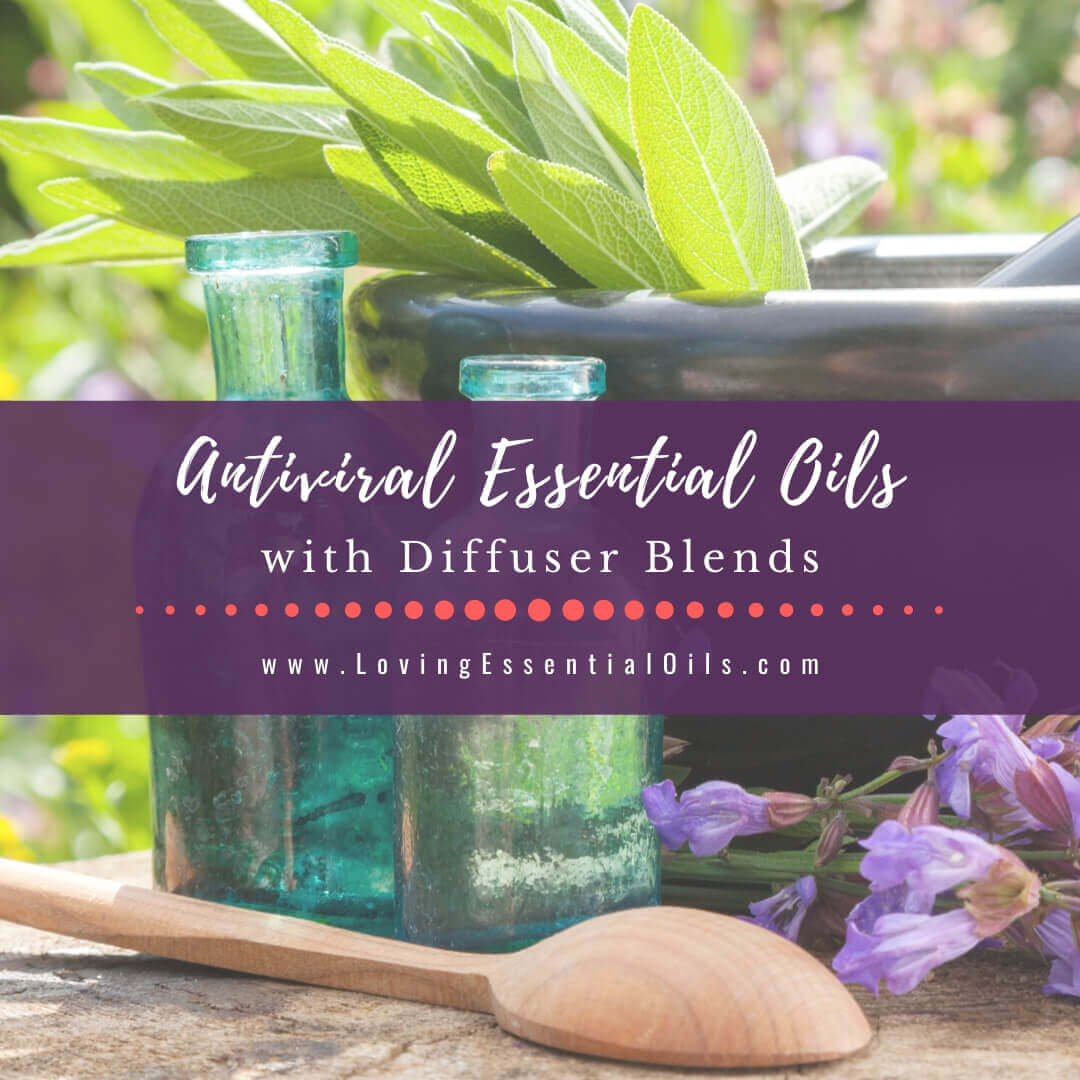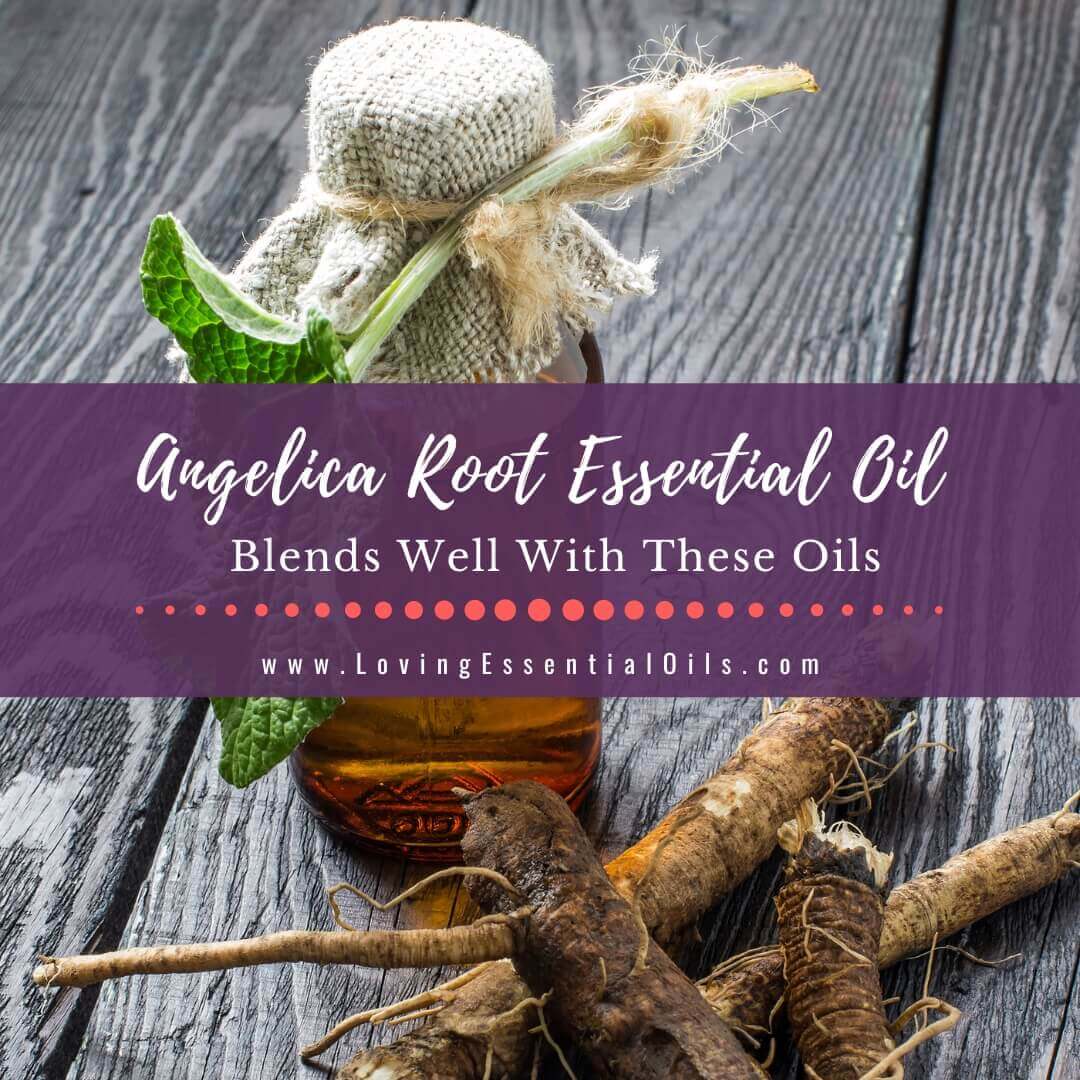Table of Contents
Tarragon essential oil is derived from the leaves and stems of Tarragon plants. The tarragon plant is known for its distinct flavor and aroma, it is widely used in culinary applications, as well as in natural health and wellness practices.
Tarragon essential oil possesses a spicy, herbal fragrance that is both refreshing and soothing. The name tarragon means "little dragon" and is thought to be a description of the way the roots coil up like a dragon.
Tarragon Essential Oil Facts
Tarragon, scientifically known as Artemisia dracunculus, has a rich history dating back to ancient times. It was first cultivated in Europe and Asia, primarily for its culinary uses.
Native to the Mediterranean region, Tarragon was treasured for its medicinal properties and was often used to soothe digestive discomfort and stimulate appetite. It has also been used in perfumery, soaps, and detergents.
- Botanical Name: Artemisia dracunculus
- Botanical Family: Asteraceae (Compositae)
- AKA: Little Dragon
- Note: Top to Middle
- Aroma: Spicy, herbal and slightly-sweet
- Extraction Method: Steam Distilled
- Plant Part Used: Leaves
- Shelf Life: 4-5 Years
- Kid Safe: No
- Pregnancy Safe: No, on list to avoid during pregnancy
- Adult Max Dilution: 0.1% (must be extremely well diluted)
- Safety Concerns: Avoid prolonged use. It may inhibit blood clotting. This oil is potentially carcinogenic based on estragole (methyl chavicol) content. Keep out of reach of children. If pregnant or under a doctor’s care, consult physician. Avoid contact with eyes. Do not take internally unless working with a qualified healthcare practitioner.
What does tarragon essential oil smell like?
Tarragon essential oil has a distinct aroma that is often described as spicy, herbaceous, and slightly anise-like. It adds a hint of sweet licorice smell when used with other oils in blends.
Tarragon Essential Oil Blends Well With
Tarragon essential oil blends well with other oils such as lavender, basil, peppermint, and lemon. These combinations can create unique aroma profiles and enhance the therapeutic properties of the oil.
Tarragon blends well with these oils:
- Basil
- Black Pepper
- Caraway
- Cardamom
- Coriander
- Cypress
- Ho Wood
- Juniper
- Lavender
- Lemon
- Lime
- Marjoram
- Tea Tree
- Orange
- Peppermint
- Pine
- Vanilla
- Vetiver
Therapeutic Properties:
- Anti-inflammatory
- Antiseptic
- Antispasmodic
- Carminative
- Digestive
- Emmenagogue
- Stomachic
- Tonic
Benefits of Tarragon Essential Oil
Tarragon essential oil, derived from the leaves and stems of the tarragon plant through a steam distillation process. Whether you're seeking relief from digestive issues, pain and inflammation, menstrual discomfort, or looking to enhance your relaxation, this essential oil has got you covered.
Improves Digestion
One of the standouting benefits of tarragon essential oil is its ability to improve digestion. Its natural compounds help stimulate the secretion of digestive juices, promoting better digestion. It can also help with nausea.
Whether you're suffering from indigestion, bloating, or flatulence, tarragon oil can provide much-needed relief by soothing the digestive system and reducing inflammation.
Relieves Pain and Inflammation
Tarragon essential oil also possesses analgesic properties, making it an effective natural pain reliever. It can help alleviate various types of pain, including headaches, muscle aches, and joint discomfort.
Additionally, its anti-inflammatory properties can help reduce swelling and inflammation associated with injuries or chronic conditions like arthritis.
Eases Menstrual Discomfort
For women struggling with menstrual discomfort, tarragon essential oil offers a natural alternative to alleviate pain and discomfort. Its antispasmodic properties can help relax the uterine muscles, reducing cramps and relieving symptoms like bloating and irritability.
Promotes Relaxation and Calm Mind
If you're finding it difficult to unwind at night, tarragon essential oil can help. Its soothing aroma helps calm the mind and promote relaxation. Add a few drops to your diffuser in the evening to experience its benefits.
With its versatile properties and soothing aroma, this essential oil is a valuable addition to your natural health toolkit.
Herbal Uplift Inhaler Blend with Tarragon Oil
Make an inhaler blend with tarragon essential oil. Here is how:
- 6 drops Tarragon
- 3 drops Peppermint
- 3 drops Rosemary
- Blank Aromatherapy Inhaler
Directions: Place cotton wick from the inhaler into small bowl. If no cotton wick available for your inhaler, cut a piece of a cotton pad to fit into inhaler and use that. Add drops of essential oil onto the cotton wick. Grab the wick with the tweezers, soak up any left over oil with the wick. Insert the cotton wick into the inhaler tube using tweezers. Assemble the inhaler stick by placing cap on bottom and pressing it on until it clicks in. Screw lid on inhaler to preserve scent.

How To Use An Aromatherapy Inhaler
Take deep breaths in through your nose when you use your inhaler - this will allow the aroma to penetrate deep into your lungs where it can best do its work.
To use, place the nasal inhaler near the nostrils, then slowly inhale while waving inhaler stick back and forth under the nostrils. Think 5-5-5 when using a nasal inhaler.
- Count to 5 while inhaling in
- Count to 5 while holding breath
- Count to 5 while exhaling
- May repeat 2-3 times as needed
Methods of Using Tarragon Essential Oil
Tarragon essential oil, derived from the leaves of the tarragon plant, has long been praised for its numerous health benefits. Whether you are looking to ease digestive issues, reduce anxiety, or enhance your overall well-being, tarragon essential oil may be worth considering.
Aromatherapy and Diffusion
Harness the power of tarragon essential oil through aromatherapy and diffusion. This is the preferred method of use for this oil. Use tarragon in essential oil inhaler and diffuser blends to enjoy its aromatic benefits.
Add a few drops to a diffuser to create a calming and fragrant atmosphere. This method can help reduce stress, improve sleep quality, and enhance mental clarity and focus. You can also blend tarragon essential oil with lavender or peppermint oil for a more invigorating scent.
Topical Application
Due to the safety concerns as noted above with this oil, it’s best to use it sparingly for topical use on skin. To use tarragon essential oil topically, it must be diluted extremely well. You can dilute it with a carrier oil like fractionated coconut oil or jojoba oil.
Apply the well diluted mixture to your skin to help soothe muscle pain, reduce inflammation, or alleviate menstrual cramps.
Keep in mind that it is ideal to perform a skin patch test before applying the oil directly to your skin, as it may cause irritation or allergic reactions in some individuals.
Internal Consumption
This method is not recommended. Experiment with aromatic methods instead to enjoy the soothing and enriching properties of this remarkable oil.
Tarragon Diffuser Blends
To enjoy the aromatic benefits of tarragon essential oil, you can create blends to use in a diffuser. Whether you're looking to relax, boost your energy, or support your digestion, these blends offer a natural and effective solution.
I like to use a 100-200 ml water tank diffuser, but you can use whatever size you prefer. It is best to diffuse in 30-minute intervals as to not overwhelm the space and your senses. Read more about diffusing essential oils.
Relaxing Diffuser Blend
Lavender and lemon essential oils blend well together, and by including tarragon oil, you get a hint of anise-like spicy to your mixture.
- 3 drops Lavender
- 3 drops Lemon
- 2 drops Tarragon

Harvest Diffuser Blend
- 3 drops Tarragon
- 2 drops Cinnamon
- 1 drop of Clove

Digest Diffuser Blend
- 3 drops Peppermint
- 2 drops Ginger
- 2 drops Tarragon

For an energizing blend, mix tarragon with peppermint and basil essential oils.
Not Today
For a relaxing atmosphere, try combining tarragon, lavender, and citrus essential oils.
- 3 drops Lavender
- 2 drops Lime
- 2 drops Lemon
- 2 drops Orange
- 1 drop Tarragon

Safety Guidelines
Diffuse 30 minutes to 1 hour at a time, read more about how long to diffuse oils.
It is best not to apply undiluted essential oils onto the skin. When using essential oils topically on the skin, be sure to dilute with a carrier oil like jojoba oil or sweet almond oil.
Using essential oils can improve a person’s emotional, physical, and mental state. For best results, make sure you use pure essential oils and learn how to use them properly.
People can have different responses to essential oils, you may find what works for one person, doesn't work for you. You can learn more here about what to do when essential oils don't work.
Avoid During Pregnancy
Pregnant women should avoid using tarragon essential oil. Although there is limited research on the effects of tarragon oil during pregnancy. To ensure the safety of both you and your baby, it is best to consult with your healthcare provider before using any essential oil during pregnancy.
Possible Skin Sensitivity
Some individuals may have increased skin sensitivity to tarragon essential oil. If you experience any redness, itching, or irritation after applying the oil, discontinue use immediately.
It is also important to remember that essential oils are not meant to be ingested unless under the guidance of a healthcare professional.
Substitutes for Tarragon Essential Oil
If you are unable to find tarragon essential oil or just want an alternative to this oil, you can try using another essential oil as a substitute. Here are a few options:
Anise Essential Oil
Anise essential oil has a similar licorice-like aroma as tarragon oil that can add depth and complexity to your blends. It pairs well with citrus oils such as lemon and orange, as well as with other herbs like basil and thyme.
Anise essential oil can be used in diffuser blends, by adding a few drops to your diffuser and enjoying the uplifting and refreshing scent that it brings to your space.
Additionally, anise essential oil can also be used topically, but make sure to dilute it with a carrier oil before applying it to the skin.
Fennel Essential Oil
Another alternative to tarragon essential oil is fennel essential oil. With its sweet and slightly spicy aroma, fennel essential oil can bring a unique scent to your diffuser creations.
It blends well with other oils like lemon, lavender, and ginger, adding complexity and depth to any dish. Fennel essential oil can also be used topically or in aromatherapy. Remember to dilute it with a carrier oil, and you can use it for massages or to enjoy its relaxing and soothing properties.
Sweet Basil Essential Oil
Sweet basil essential oil can also be used as an alternative for tarragon essential oil. With its fresh and herbal aroma, sweet basil oil is commonly used in DIY blends. It pairs well with other herbs such as thyme and rosemary, as well as with citrus oils like lime and bergamot.
Sweet basil essential oil can be used in diffuser blends to create an uplifting and energizing atmosphere. You can also use it topically, but remember to dilute it with a carrier oil before applying it to the skin.
Whether you choose to use these oils in diffuser blends or topical application, they can serve as excellent alternatives to tarragon essential oil. Explore and experiment with these substitutes to discover new and exciting ways to enjoy their aromatic and therapeutic benefits.
Blending Tarragon Essential Oil with Other Oils
One of the best ways to maximize the benefits of tarragon oil is to blend it with other essential oils. By combining tarragon with complementary oils, you can create unique and effective blends for specific purposes.
Lavender and Tarragon Relaxation Blend
To create a calming and soothing blend, combine equal parts of tarragon and lavender essential oils. This combination is perfect for relaxation and can help reduce stress and anxiety. Simply add a few drops of each oil to a diffuser for a tranquil and peaceful experience.
Citrus and Tarragon Energizing Blend
For an invigorating blend that boosts energy and promotes mental alertness, mix tarragon with citrus essential oils such as lemon or grapefruit. This combination is great for starting your day off on the right foot or giving you an extra burst of energy in the afternoon. Diffuse for a refreshing and revitalizing effect.
Peppermint and Tarragon Digestive Aid
If you're looking for relief from digestive discomfort, try combining tarragon with peppermint essential oil. Both oils have been used traditionally to support healthy digestion. Use this combination to ease digestive issues and promote overall gut health.
Blending tarragon essential oil with other oils is a creative way to customize your aromatherapy experience and enhance the benefits of both oils. Experiment with different combinations to find the perfect blend for your needs.
Conclusion
Tarragon essential oil offers a wide range of benefits. It can help ease digestive issues, promote relaxation, and relieve joint and muscle pain. Its distinct anise-like aroma adds a unique touch to other essential oils. Tarragon oil is best utilized aromatically.
You can also create tarragon diffuser blends for a calming and soothing atmosphere in your home. If essential oil substitutions are needed for tarragon, you can use anise, fennel, or basil.
By following these safety precautions and guidelines, you can enjoy the benefits of occasionally using tarragon essential oil while minimizing the risk of any adverse reactions. Remember to always use essential oils responsibly and consult with a healthcare professional if you have any concerns.





